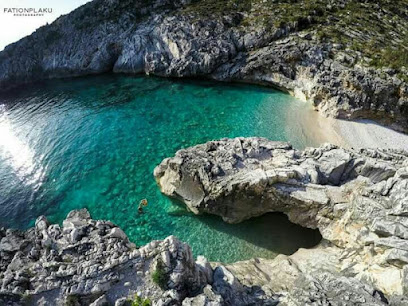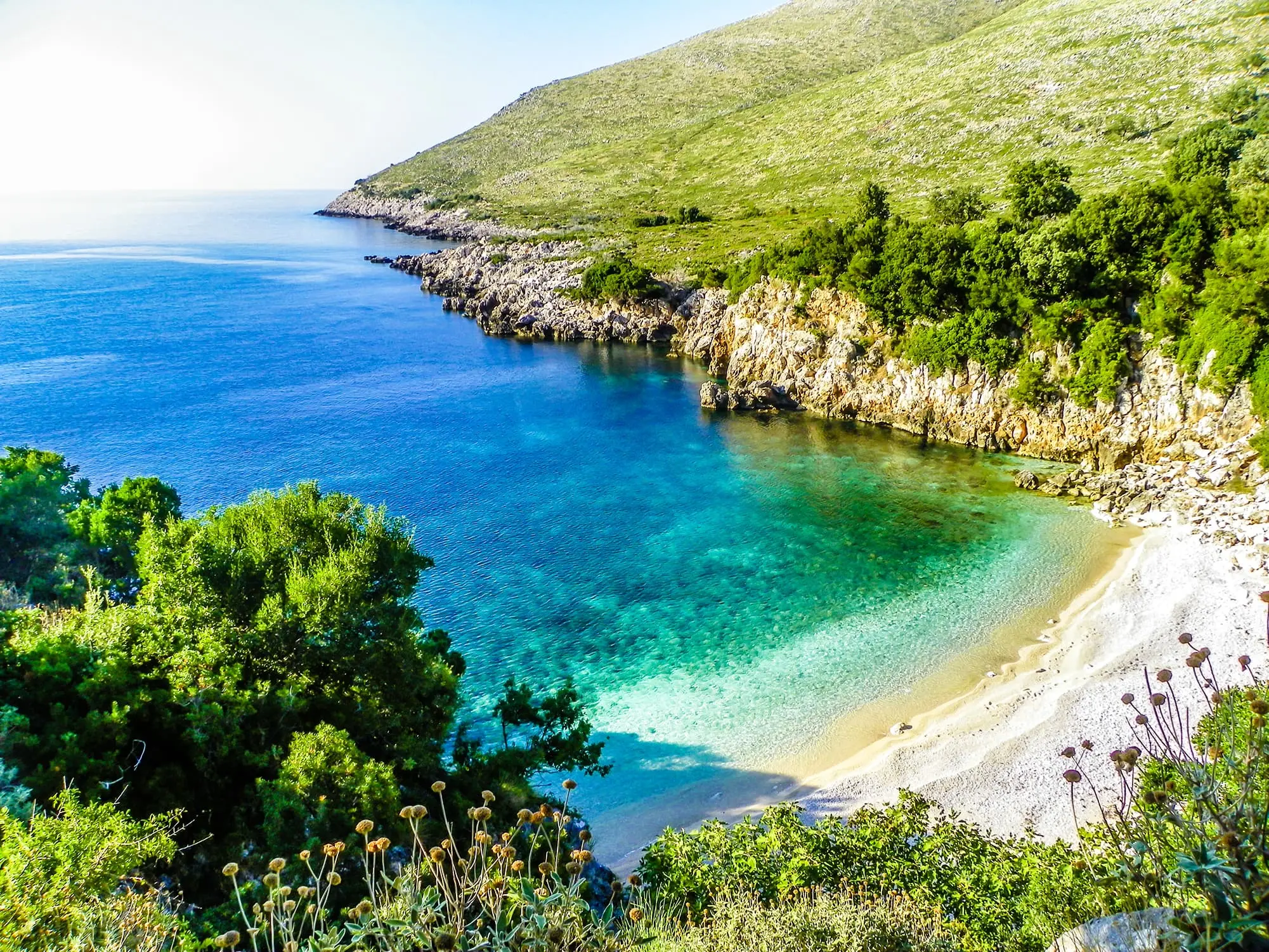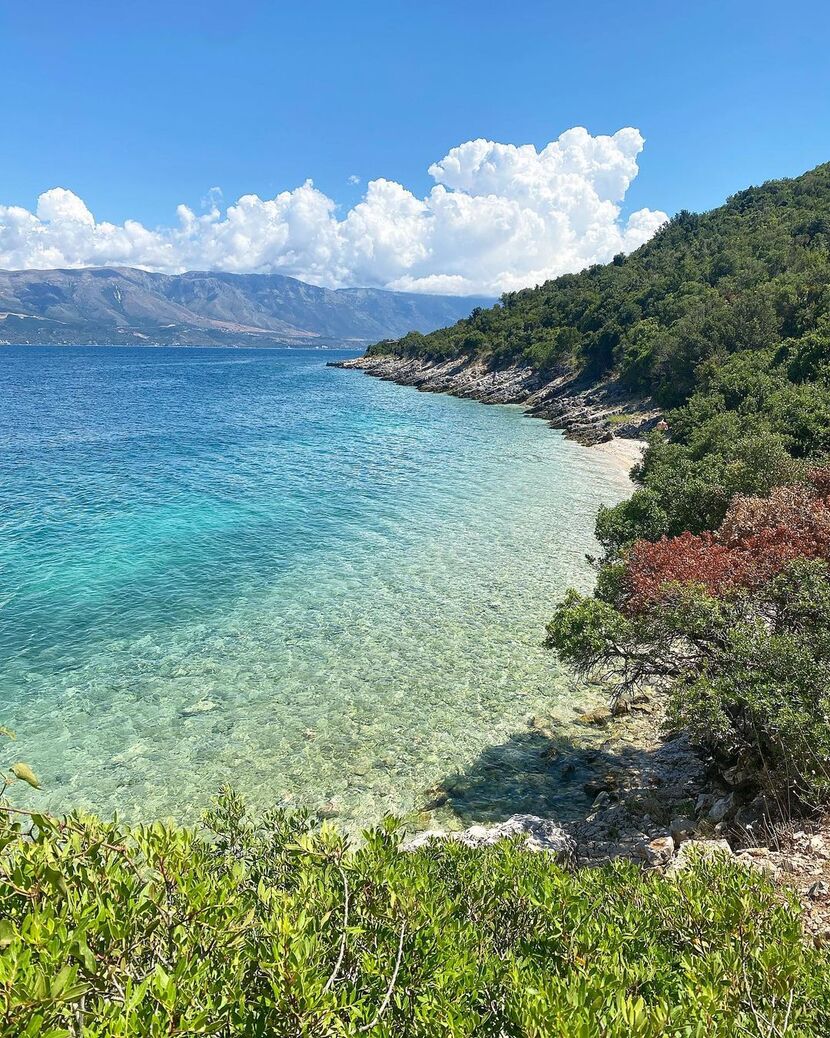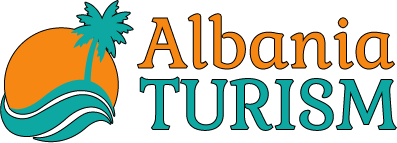Key Takeaways
- Karaburun Peninsula is Albania’s largest peninsula, known for its rugged landscape and rich biodiversity.
- Strategically positioned at the entrance of the Bay of Vlorë, it plays a vital ecological and historical role.
- The region hosts endemic plant species and a diverse array of marine life, including dolphins and sea turtles.
- Historical remnants and archaeological sites link the peninsula to Albania’s past, especially during Ottoman times.
- Popular activities include hiking, boat tours, exploring sea caves, diving, and snorkeling.
- Conservation efforts by the Karaburun-Sazan National Marine Park aim to protect its delicate ecosystems amid environmental threats.
The
Karaburun Peninsula stands out as a jewel of Albania’s coastal landscape. As the largest peninsula in the country, it combines breathtaking natural scenery with ecological importance. Its rugged terrain features steep cliffs, rocky shores, and hidden coves, making it a paradise for adventure seekers and nature lovers alike.
Geographic Overview of the Karaburun Peninsula
Location of the Karaburun Peninsula
Located in southwestern Albania, the Karaburun Peninsula juts into the waters where the Adriatic and Ionian Seas meet. Its prominent position has historically made it significant for trade and defense and is vital for the region’s marine biodiversity.
The peninsula spans approximately 16 kilometers in length and extends up to 5 kilometers wide, with its nearest city being Vlorë, situated just across the Bay of Vlorë. Its coastline features striking cliffs and rocky beaches, providing stunning views and vital habitats for numerous marine species.
Surrounded by the Adriatic Sea to the north and the Ionian Sea to the south, the region offers a unique landscape shaped by geological processes. For detailed maps and regional data, consult the geographic database.
Natural Environment and Biodiversity on the Karaburun Peninsula
Unique Flora and Fauna
The peninsula’s environment supports endemic plant species and a vibrant variety of marine life. Visitors might encounter dolphins, seals, and sea turtles during their excursions. As a major migratory route for birds, it hosts seasonal bird species, adding to its ecological richness.
The Mediterranean shrubland and woodland, composed of herbs and trees, create a lush landscape that sustains diverse species. Protecting this biodiversity is a priority, exemplified in the Karaburun-Sazan National Marine Park, which encompasses both the peninsula and Sazan Island.
This park focuses on habitat preservation, ecological restoration, and sustainable tourism, acting as a vital ecological corridor connecting terrestrial and marine ecosystems and buffering against coastal erosion.
Historical and Cultural Significance of the Karaburun Peninsula
Historical Sites and Archaeological Findings
The region’s strategic geographic position has left traces of ancient settlements and naval activity, especially during the Ottoman era. Archaeological discoveries and historical remains hint at the peninsula’s past as a hub for trade and defense.
Local communities have historically depended on the sea for livelihood practices such as fishing and grazing, shaping their cultural identity. Their traditions and stories are intertwined with the history of the peninsula.
For in-depth studies, consult the Albanian Institute of Archaeology and ethnographic works on coastal communities.
Tourism and Activities on the Karaburun Peninsula
Popular Tourist Activities
The peninsula attracts visitors with its rugged natural beauty and adventure opportunities. Popular activities include hiking along the scenic coastal trails, exploring secluded beaches, and engaging in diving and snorkeling in crystal-clear waters.
Boat trips are a favorite way to discover the coast, often including visits to spectacular sea caves such as the Cave of Haxhi Ali. These tours offer breathtaking views and geological insights.
The best visiting seasons are spring and fall, avoiding the summer heat and crowds. Access to the peninsula is mostly via boat from Vlorë, where numerous accommodations ranging from hotels to guesthouses are available.
Environmental Challenges and Conservation Initiatives
Environmental Threats and Conservation Initiatives
Despite its beauty, the peninsula faces threats such as maritime pollution, coastal development, and unsustainable fishing practices. Climate change impacts like rising sea levels and increased storm activity also threaten its ecosystems.
Unregulated tourism can put additional pressure on delicate habitats. Conservation efforts by the Karaburun-Sazan Marine Park include regulating fishing, controlling access, and monitoring water quality. NGOs actively participate in habitat restoration and awareness campaigns to ensure sustainability.
Conclusion
The
Karaburun Peninsula embodies Albania’s natural and cultural heritage. Its rugged landscapes, diverse ecosystems, and historical sites make it a valuable and captivating destination. Ongoing conservation and responsible tourism are essential to preserving its beauty for future generations.
To further explore this remarkable region, consider planning a visit and supporting local conservation efforts. The peninsula offers a unique blend of adventure, history, and ecologically rich environments that deserve our care and attention.




